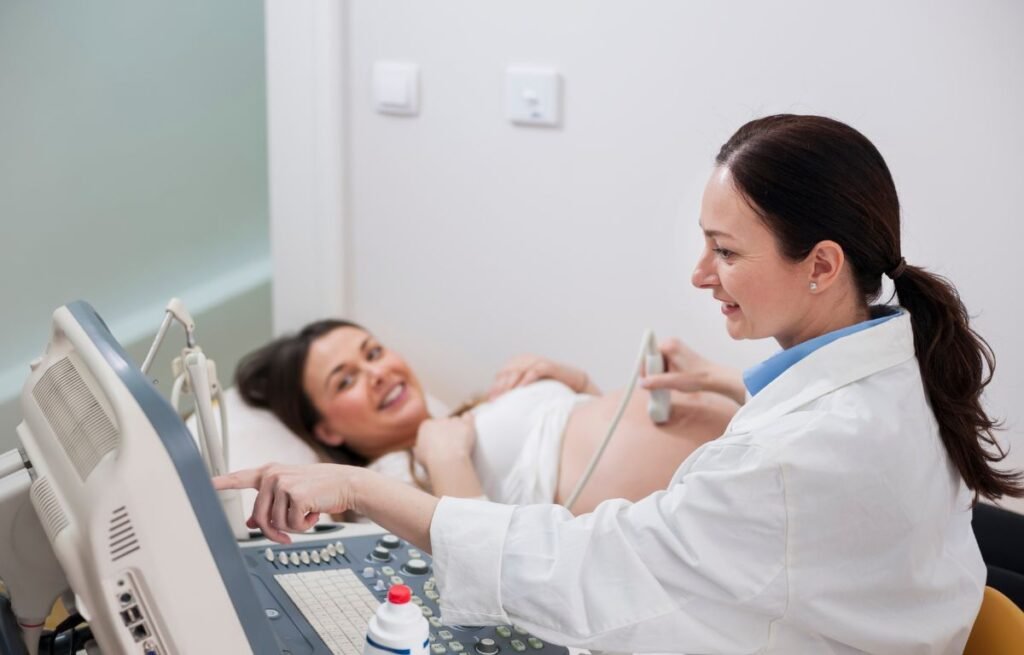Multiple pregnancy‘ This article focuses on the complexities of nursing diagnosis in multiple pregnancies, which involve the presence of two or more fetuses in one gestational sac. It explores the challenges and considerations that expectant mothers and healthcare providers face, including assessment, intervention, and patient education.

Table of Contents
Understanding Multiple Pregnancy
Multiple pregnancies, Frequently known as twins, triplets, or other multiples, these occurrences have become more prevalent as a result of advancements in fertility treatments and a trend of delaying parenthood. Although multiple pregnancies bring happiness and anticipation, they also come with increased risks and complications in comparison to pregnancies with a single baby.
Nursing Assessment in Multiple Pregnancy
Assessing the health of the mother, the development of the fetus, and the potential complications is crucial in the management of multiple pregnancies. The nursing assessment involves a comprehensive examination of these aspects and consists of important components.
1. Maternal Health Monitoring
Maternal vital signs, weight gain, nutritional status, and symptoms of gestational diabetes or hypertensive disorders are closely observed by nurses. It is crucial to have regular prenatal visits and fetal ultrasounds to evaluate the growth and overall health of the fetus.
2. Fetal Assessment
Continuous monitoring of the fetus aids in detecting any indications of distress or complications, such as intrauterine growth restriction (IUGR), twin-to-twin transfusion syndrome (TTTS), or premature labor. Doppler ultrasound and non-stress tests (NSTs) are frequently employed methods for evaluating the well-being of the fetus.
Nursing Diagnosis and Intervention
After evaluating the assessment results, nurses establish nursing diagnoses and carry out suitable interventions to enhance the well-being of both the mother and the fetus. Typical nursing diagnoses in cases of multiple pregnancies involve:
1. Risk for Preterm Labor
Nurses prioritize preventing preterm labor in multiple pregnancies by employing strategies like bed rest, tocolytic therapy, and corticosteroid administration to improve the development of the fetus’ lungs.
2. Imbalanced Nutrition: Less Than Body Requirements
The mother’s nutritional needs may increase during multiple pregnancies, requiring customized dietary guidance and additional supplements to ensure both the mother and fetus receive sufficient nutrition. It is crucial to closely observe the mother’s weight gain and dietary intake to avoid any potential complications.
3. Anxiety Related to Pregnancy Complications
Pregnant women expecting multiple babies often feel more anxious and stressed because they face higher chances of complications and uncertainties during their pregnancy. To help ease anxiety and ensure the well-being of these mothers, nurses offer emotional support, education, and coping techniques.
Patient Education and Follow-Up Care
Educating patients is crucial in enabling pregnant women to make well-informed choices and actively engage in their healthcare. Nurses provide instruction to expectant mothers regarding the indications and indications of premature labor, fetal movements, prenatal diet, and the significance of following medical advice.
Conclusion
To sum up, a comprehensive approach is necessary when diagnosing nursing issues in multiple pregnancies. This involves conducting a thorough assessment, taking proactive measures, educating patients, and continuously monitoring their progress. By recognizing and addressing the distinct needs and difficulties faced by expectant mothers carrying multiple babies, nurses play a crucial part in improving the well-being of both the mother and the unborn children.






